The 7 Most Mouthwatering Types of Mexican Spices You Need in Your Kitchen
Are you ready to spice up your kitchen with the vibrant, bold flavors of Mexico? Whether you're a culinary pro or just someone who loves adding a little zing to their tacos on Tuesdays, this guide is your golden ticket to mastering the Global Spice Traditions of Mexico. We'll walk you through the seven most essential types of Mexican spices that should be front and center in your pantry—and trust us, you’ll wonder how you ever cooked without them.
Table of Contents
- Why Mexican Spices Are So Unique
- 1. Guajillo Chiles – The Sweet & Smoky All-Rounder
- 2. Ancho Chiles – The Chocolatey Star of Mole
- 3. Pasilla Chiles – The Dark Horse of Depth
- 4. Chipotle in Adobo – Smoked Heat in a Can
- 5. Cumin – The Earthy Backbone of Tex-Mex
- 6. Coriander – The Citrusy Counterpoint
- 7. Epazote – The Funky Herb That Changes Everything
- Pro Tips for Using Mexican Spices Like a Local
- Conclusion: Elevate Your Spice Game with Mexico’s Finest
Why Mexican Spices Are So Unique
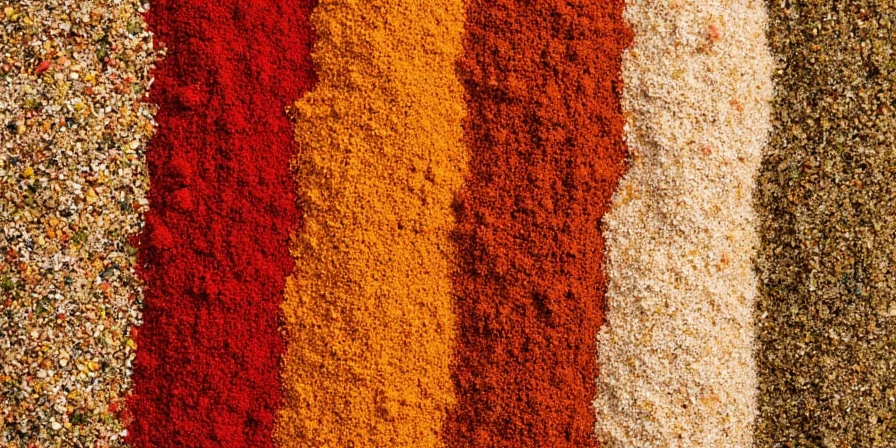
Mexican cuisine isn’t just about spicy heat—it’s a delicate balance of earthiness, sweetness, smokiness, and brightness. Each region has its own preferred ingredients, but one thing they all share is an obsession with flavor depth. Mexican spices often come from dried chiles, herbs, and seeds that have been used for centuries by indigenous cultures. They bring warmth and complexity to everything from salsas to stews.
1. Guajillo Chiles – The Sweet & Smoky All-Rounder
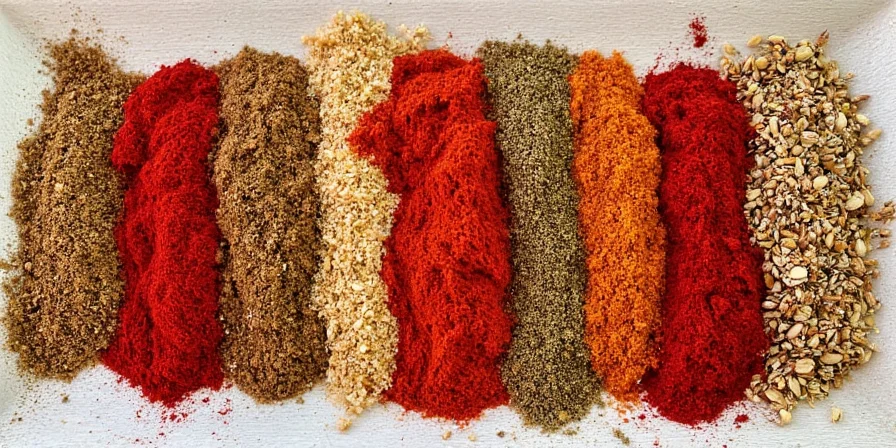
If you could only keep one dried chile in your pantry, let it be the guajillo. It's the workhorse of Mexican cooking, offering a perfect blend of mild heat, sweet fruitiness, and a hint of tea-like smokiness. Used in everything from sauces to marinades, guajillos are especially great in red enchilada sauce and pozole.
Taste Profile:
- Mild to medium heat (2,500–5,000 SHU)
- Berry-like sweetness
- Tea and tamarind notes
- Smooth texture when blended
2. Ancho Chiles – The Chocolatey Star of Mole
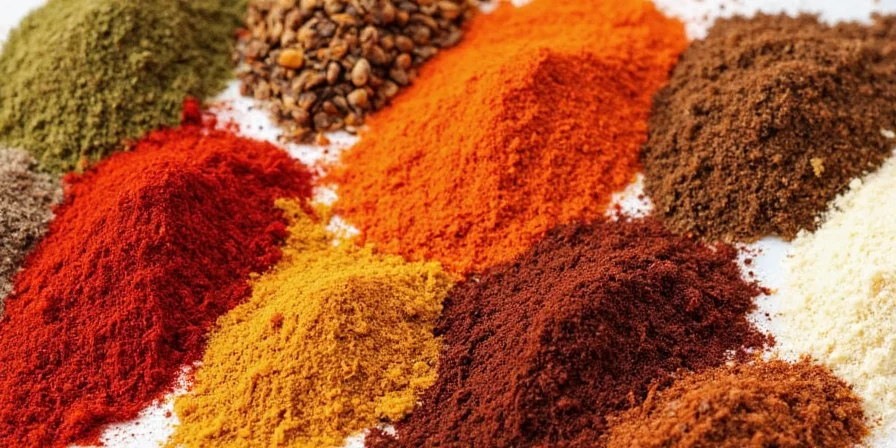
Anchos are simply dried poblano peppers, and they’re the soul of many mole sauces. With a deep reddish-brown color and rich, raisin-like flavor, anchos bring a velvety sweetness that pairs beautifully with chocolate—yes, chocolate!
Best For:
- Mole Poblano
- Stews and braises
- Dipping sauces
3. Pasilla Chiles – The Dark Horse of Depth
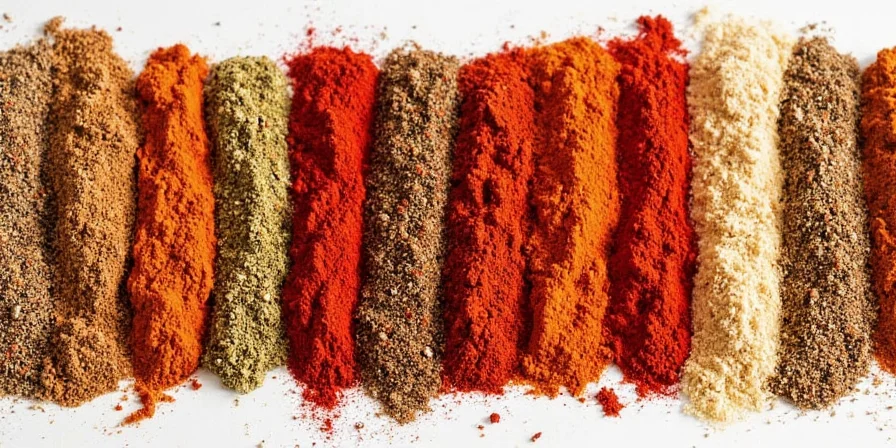
Often mistaken for anchos, pasillas are actually dried chilaca peppers. They have a darker, more intense flavor profile with hints of coffee, prune, and even tobacco. Don't underestimate this chile—it adds serious depth to sauces and soups.
| Chile | Heat Level (SHU) | Main Flavor Notes | Common Uses |
|---|---|---|---|
| Guajillo | 2,500–5,000 | Fruity, Tamarind | Salsas, Enchiladas |
| Ancho | 1,000–2,000 | Raisin, Cocoa | Mole, Braises |
| Pasilla | 2,500–3,000 | Coffee, Prune | Gravy, Soups |
4. Chipotle in Adobo – Smoked Heat in a Can
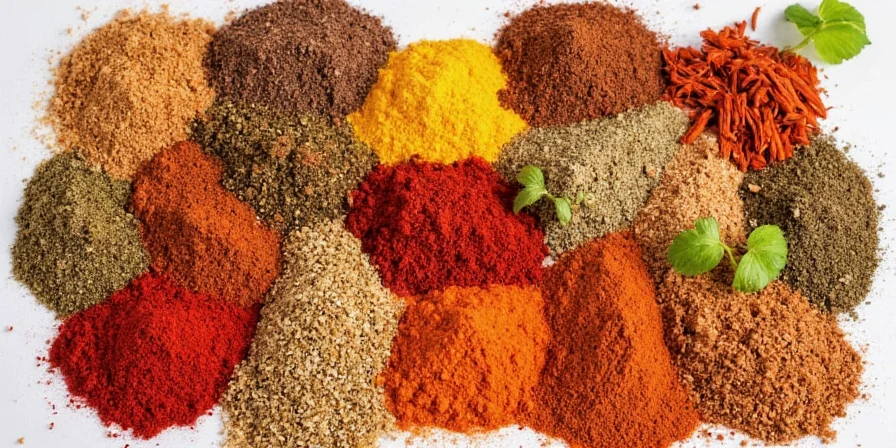
This canned staple is essentially smoked and dried jalapeños packed in a tangy, tomato-based sauce. Chipotles deliver that signature campfire smoke with a kick, making them a favorite for anyone who wants to add instant drama to their dishes.
Pro Tip:
- Add a spoonful to mayo for an easy chipotle aioli.
- Blend into beans for smoky refried beans.
- Stir into soups or stews for a punch of flavor.
5. Cumin – The Earthy Backbone of Tex-Mex
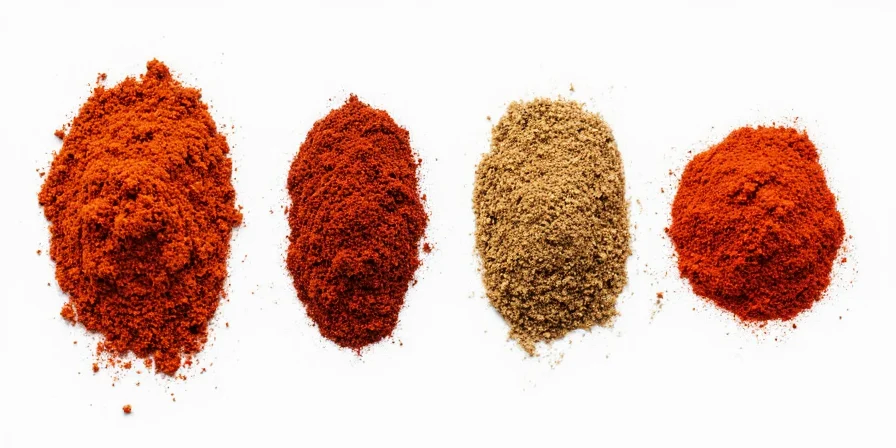
Cumin might not be native to Mexico, but it’s become a defining ingredient in Tex-Mex cuisine. That warm, nutty, almost meaty flavor is essential in taco seasoning, chili powders, and rice dishes. Don’t skip it unless you want your food to taste like... well, nothing special.
6. Coriander – The Citrusy Counterpoint

Coriander seeds offer a bright, lemony contrast to heavier spices. Toasting them before grinding brings out their natural oils and intensifies the flavor. Use in homemade spice blends or sprinkle over roasted vegetables for a subtle Mexican twist.
7. Epazote – The Funky Herb That Changes Everything
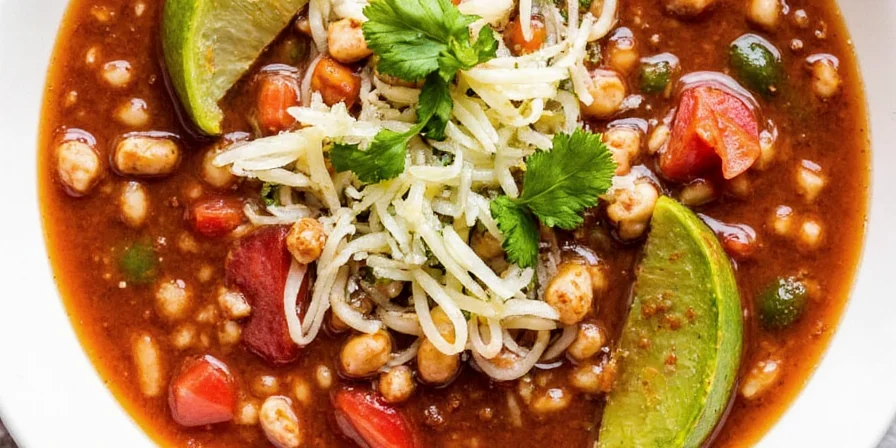
You won’t find this herb outside of Latin markets, but if you do—grab it! Epazote has a pungent, almost medicinal aroma, but once cooked, it transforms into something earthy, citrusy, and slightly floral. A staple in black bean soups and quesadillas, it also aids digestion (and may reduce gas—ahem).
Pro Tips for Using Mexican Spices Like a Local
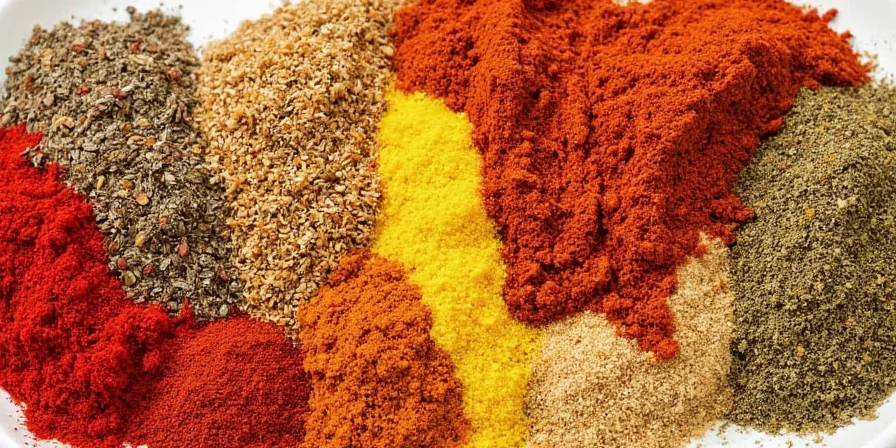
- Toasted vs. Raw: Always toast whole spices like cumin, coriander, and dried chiles before grinding. It unlocks layers of flavor you didn’t know existed.
- Hydrate Dried Chiles: Rehydrate them in hot water or broth before blending to avoid bitter, chalky sauces.
- Use Fat to Carry Flavor: Spices are fat-soluble, so sauté them in oil or lard before adding liquids for maximum impact.
- Make Your Own Blends: Try mixing ground ancho, cumin, garlic powder, and oregano for a killer homemade taco seasoning.
- Store Smart: Keep dried chiles in airtight containers away from light. Ground spices last about 6 months; after that, they lose potency.
Conclusion: Elevate Your Spice Game with Mexico’s Finest
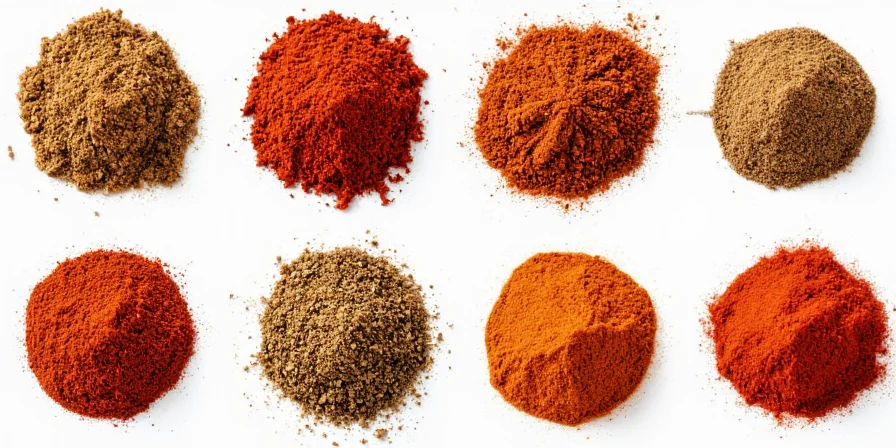
Mexican spices are more than just heat—they’re a celebration of culture, history, and craftsmanship. From the smoky depth of chipotles to the floral lift of epazote, each type plays a unique role in creating unforgettable dishes. Whether you’re cooking for a crowd or just yourself, having these essential spices in your arsenal will open doors to a world of flavor. So go ahead—stock those shelves, toast those seeds, and let your kitchen sing with the soul of Mexico.

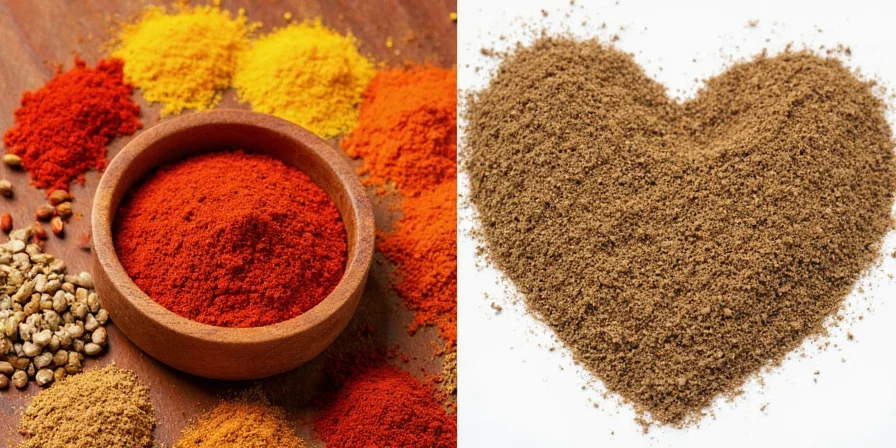









 浙公网安备
33010002000092号
浙公网安备
33010002000092号 浙B2-20120091-4
浙B2-20120091-4